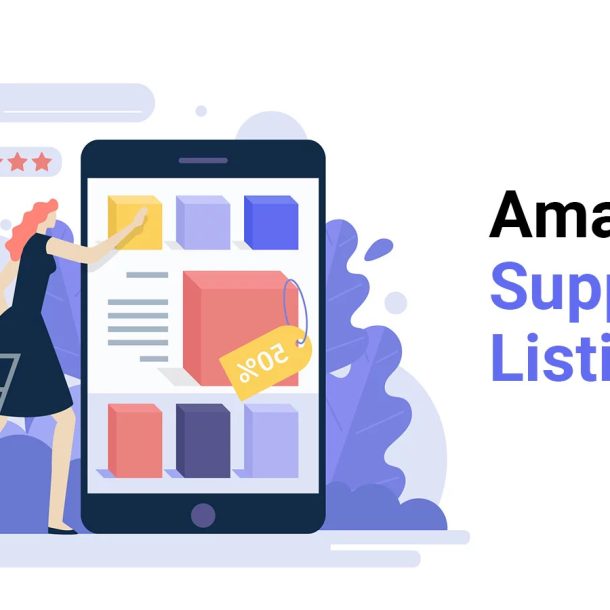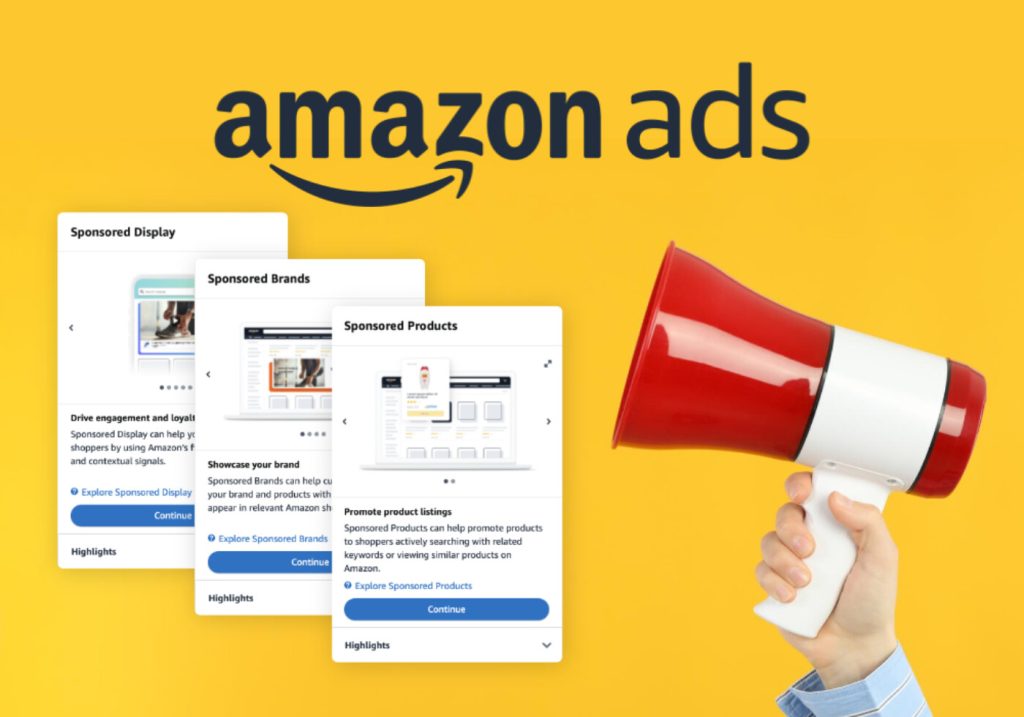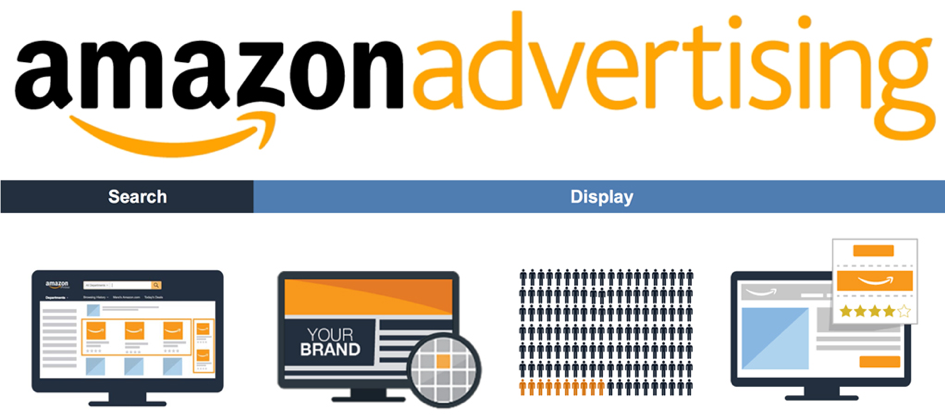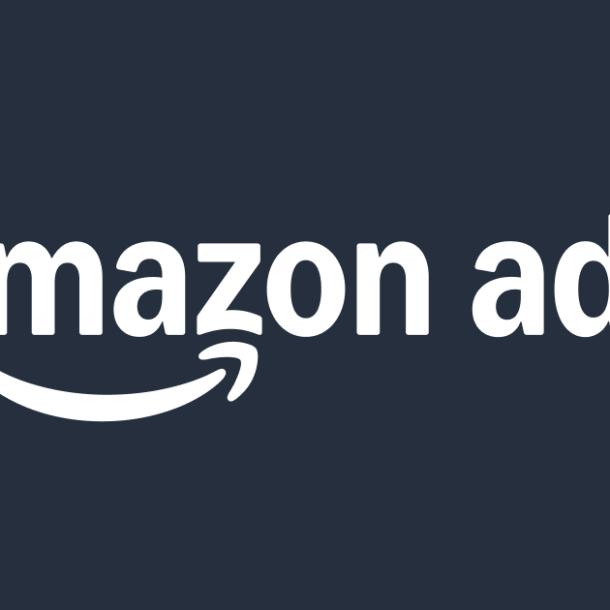
Amazon’s New Ad Console Features in 2025: A WalkthroughHere
In 2025, Amazon Ads continues to evolve with smarter automation, more intuitive analytics, and global management capabilities. For brands and agencies managing large ad portfolios, these updates are designed to make campaigns more efficient, scalable, and insight-driven. Below is a clear walkthrough of the most important new features and how you can use them to your advantage.

1. Cross-Market & Multi-Country View: Unified Oversight
What changed
Amazon’s Ad Console now includes a Multi-Country Campaign View, allowing advertisers to monitor and manage multiple marketplaces from a single dashboard.
Why it matters
View performance across countries without switching accounts
Compare metrics side by side to identify high- and low-performing markets
Simplify international scaling and budget allocation
Pro Tip: Group your key marketplaces and monitor ROI patterns weekly. This feature helps spot emerging opportunities and optimize spend globally in real time.
2. Auto Budget Sharing: Smarter Pacing Within Portfolios
What changed
Advertisers can now activate Auto Budget Sharing across campaigns within a single portfolio. If one campaign under-spends, its unused budget can automatically flow to another performing better.
Why it matters
Prevents missed impressions when top campaigns hit their daily limits
Maximizes budget efficiency without increasing total spend
Reduces manual adjustments during sales surges or peak hours
Pro Tip: Test this feature first on product portfolios with similar ACoS targets to prevent uneven performance.
3. New-to-Brand (NTB) Bid Boosting for Sponsored Brands
What changed
A new audience setting for Sponsored Brands lets you bid higher for “New-to-Brand” shoppers—customers who haven’t purchased from your brand in the last 12 months.
Why it matters
Helps focus ad spend on acquisition rather than repeat purchases
Increases exposure to first-time buyers
Builds brand loyalty through customer growth rather than remarketing
Pro Tip: Start with a small NTB bid boost (20–30%) and track incremental order growth before scaling.
4. Enhanced Metrics & Long-Term Attribution
What changed
Amazon introduced expanded measurement tools, including long-term sales metrics and improved attribution modeling. Data from the last five years is now accessible, enabling better lifetime value analysis.
Why it matters
See how upper-funnel ads contribute to future sales
Identify campaigns with lasting ROI beyond immediate conversions
Allocate budgets based on true customer lifetime value
Pro Tip: Combine new long-term sales data with your existing KPIs. Evaluate not just what converts today, but what builds your audience over time.

5. Smarter Ad Formats & Creative Tools
What changed
Amazon now offers AI-generated video ads, shoppable formats, and interactive streaming ad options. You can create short product videos directly in the console using your existing images and brand assets.
Why it matters
Eliminates the need for external video production tools
Increases engagement with interactive and shoppable ads
Lets you test creative variations faster and at lower cost
Pro Tip: A/B test AI-generated videos against traditional creatives. Focus on CTR and view-through rates to identify what drives engagement.
6. Automatic Targeting in Sponsored Display
What changed
Sponsored Display campaigns now support Optimized Targeting—an automated system that reallocates spend to audiences more likely to convert.
Why it matters
Simplifies audience management for smaller catalogs
Expands reach to new customer segments
Allows the algorithm to learn and improve campaign efficiency
Pro Tip: Run both optimized and manual targeting campaigns side by side for two weeks. Compare metrics before shifting larger budgets to automated versions.
7. Phasing Out Older Tools and Policy Updates
What’s ending
Amazon officially ended the Posts program in mid-2025 and retired its API soon after. This shift reflects Amazon’s focus on integrated ad and content experiences rather than stand-alone social tools.
What’s changing
Ad content policies and title rules are being updated to ensure higher accuracy and transparency. Brands must align copy with compliance guidelines to avoid suppression or rejection.
Pro Tip: Review your existing listings and sponsored ad text. Remove any exaggerated claims, update formatting, and prepare for stricter enforcement of new ad standards.
Action Plan: How to Maximize the 2025 Console Updates
| Step | Action | Benefit |
|---|---|---|
| 1 | Enable Auto Budget Sharing within high-performing portfolios | Maximizes overall ad efficiency |
| 2 | Test NTB Bid Boosting to target new shoppers | Expands audience reach |
| 3 | Activate Multi-Country View | Simplifies global campaign management |
| 4 | Use AI Video Builder | Reduces creative production time |
| 5 | Leverage new attribution data | Measures long-term customer value |
| 6 | Experiment with Optimized Targeting | Automates conversion discovery |
| 7 | Update listings for new policy compliance | Prevents ad or listing suppression |

Final Thoughts
Amazon’s new Ad Console features in 2025 demonstrate a clear push toward smarter automation, better insights, and scalable global control. But even the best tools require human strategy. The most successful advertisers will use these new features to test, analyze, and fine-tune—not just automate.
By embracing features like NTB bid boosts, AI video creation, and global campaign oversight, brands can turn complexity into clarity and drive stronger results in the ever-competitive Amazon marketplace.














